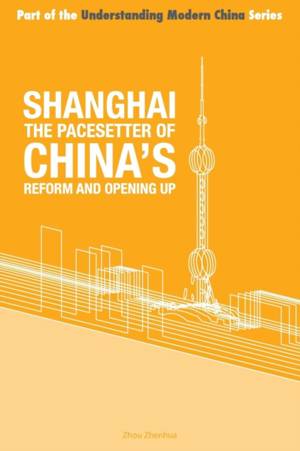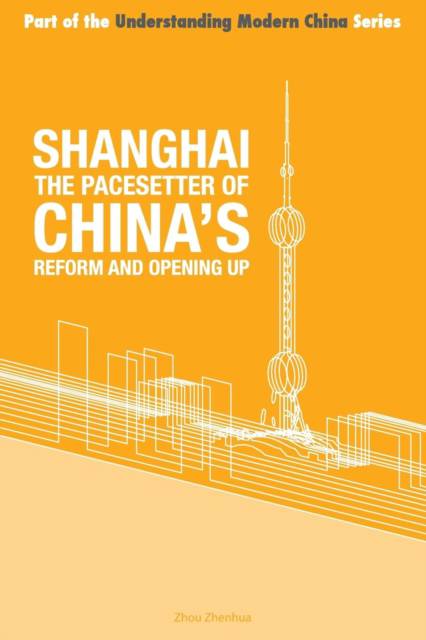
- Retrait gratuit dans votre magasin Club
- 7.000.000 titres dans notre catalogue
- Payer en toute sécurité
- Toujours un magasin près de chez vous
- Retrait gratuit dans votre magasin Club
- 7.000.000 titres dans notre catalogue
- Payer en toute sécurité
- Toujours un magasin près de chez vous
Description
Shanghai was the economic center of the far east in the early 20th century, when it was known as the 'Paris of the orient'. Decades of relative decline followed until the start of China's reform and opening-up policy and the decision to develop Pudong. Since then, Shanghai has regained its status as the country's leading industrial and commercial center, and emerged as a key city in the Asia-Pacific region.
Today, it is focusing on a four-pronged development approach with the target of becoming not only one of the world's top financial centers by 2020 but also a global economic, trade and shipping hub. In 2015, Shanghai's financial sector grew by 23%, contributing 16.2% to the city's GDP. In shipping, it has supplanted Hong Kong and Singapore to become the busiest container port in the world with a total throughput of more than 37m TEUs in 2016.
Shanghai, the Pacesetter of China's Reform and Opening Up provides a comprehensive overview of the historical, cultural and social characteristics of Shanghai, its national and global status, and its development before and after reform and opening up. It charts the transformation of Shanghai's economy, and goes on to assess its pioneering national role in terms of social administration and cultural development. Lesser-known aspects of the city, including the ecological environment and administrative operations, are also analyzed in depth. The book concludes with a look at the future development of Shanghai, the integration of the Yangtze River Delta and the vision to create a cosmopolitan city with the capability to allocate global resources.
Spécifications
Parties prenantes
- Auteur(s) :
- Editeur:
Contenu
- Nombre de pages :
- 162
- Langue:
- Anglais
- Collection :
- Tome:
- n° 10
Caractéristiques
- EAN:
- 9781910760147
- Date de parution :
- 24-07-17
- Format:
- Livre broché
- Format numérique:
- Trade paperback (VS)
- Dimensions :
- 156 mm x 234 mm
- Poids :
- 237 g







